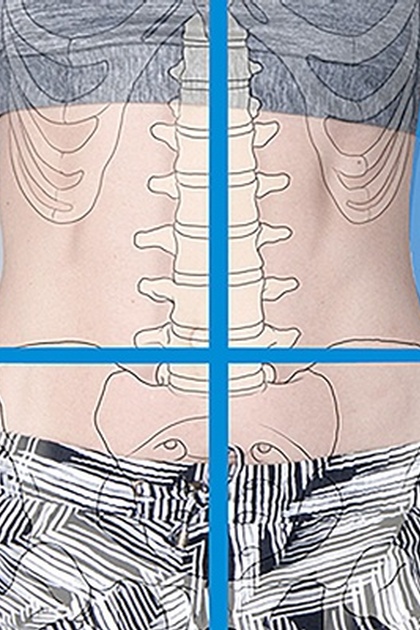
Jogging is a trend! Performance and flow
Switzerland is pretty sporty: two-thirds do sports on a regular basis and occasional athletes are dying out. Good for the health and quality of life.
Presented by «Medical Running»
The «Sport Schweiz» report by the Federal Office for Sport (BASPO) clearly articulates the sporting activities of the Swiss population. Almost 70% do sports on a regular basis. The sporting activities are spread over 250 types of sports - Switzerland is becoming more of a multi-sports country. CHF 17.5 billion are spent on sports – approximately CHF 2,000 per capita per year for sports holidays, equipment, etc. There is no longer a difference between urban and rural areas. Lifetime sports such as skiing, hiking, or jogging are becoming increasingly popular. The group of sporty seniors is growing.
Fig. 1 a) Almost 70% of the Swiss population does sport on a regular basis - an outstanding achievement by international comparison; (b) The percentage of «couch potatoes», however, remains high (source: Sport_Schweiz_2014)
Women today are doing as much sport as men; however, their sports profile differs: men do a lot of sports in their youth. Their sporting activities decline as they get older and after retirement, they become interested in sports again. Women don’t have this two-pronged profile; they are more constant. At the same time, the sports profile of women shows they are more likely to take breaks. This is clearly due to parental leave, etc.
Fig. 2 Jogging means performance and flow [Foto: Claudia Larsen; © Spiraldynamik, Zürich]
Performance training
In the case of performance training, you need to know about «super compensation» and use it in a targeted manner. After each intensive training unit, the stressed muscles are exhausted, your performance capability is at rock bottom you and are correspondingly tired. This now calls for a regeneration break – which lasts between 1 day and 1 week depending on your level of fitness and training intensity. Only then should you introduce the next training stimulus. An increase in performance requires intensive, variable, and well-structured training stimuli and sufficiently long regeneration phases.
Flow training
Flow training is not performance training! With flow training, you focus on your consciousness. This can result in top and best performances; however, the focus is not on increasing your performance. It is much more on the joy of movement, nature, and health. Flow occurs when everything in the body interacts perfectly: your rhythm of movement, breathing and heartbeat… the play with gravity... oneness with nature and oneself… and suddenly it is there, the flow.
Performance or flow? A question of personality and your individual objectives. Both promote health. The right mix means quality of life – from childhood through to old age.
This may be of interest for you too


